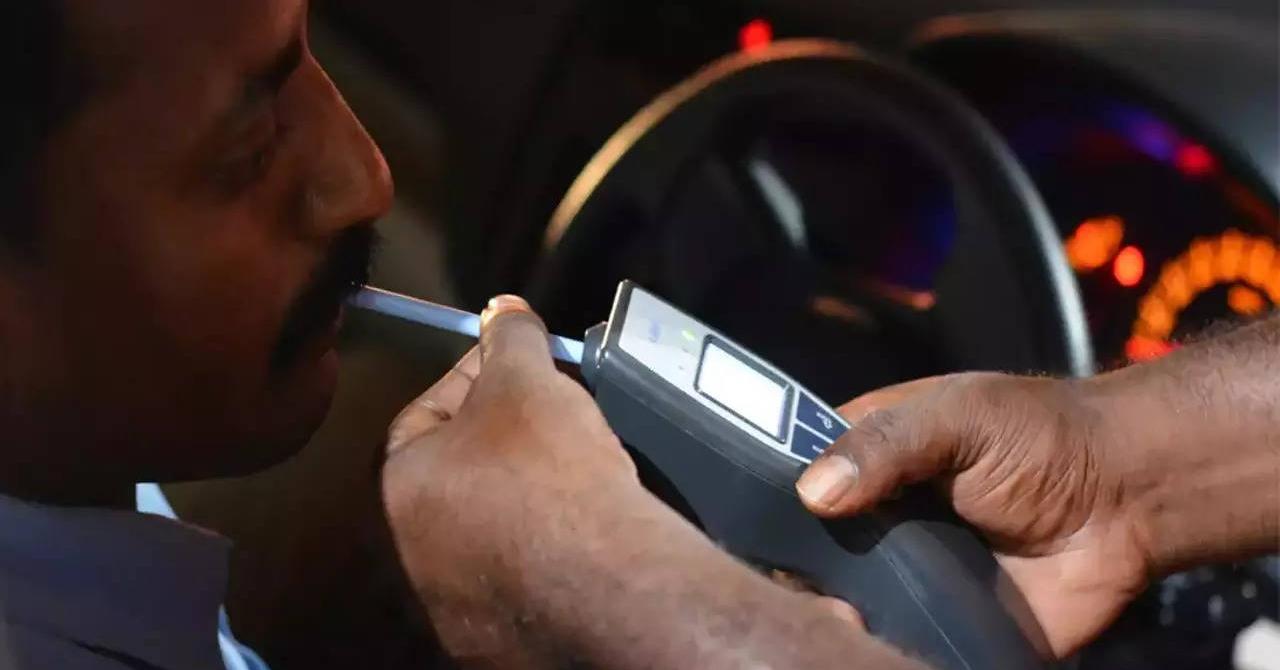Drunk driving is still a big problem that puts everyone’s safety at risk. As a result of this worry, breathalyzers have become very important in the ongoing fight against driving while drunk.
If you want to learn more about the importance of breathalyzers in keeping the road safe, this article can help you.
The Problem of Drunk Driving
Before you explore how breathalyzers have changed things, it’s important to know how serious the problem they solve is. The National Highway Traffic Safety Administration (NHTSA) reports that alcohol-related accidents account for a significant portion of traffic fatalities.
These incidents result in loss of life and contribute to economic burdens through medical expenses, property damage, and legal proceedings.
Historical Evolution of Breathalyzers
The history of breathalyzers goes back to the early 20th century when scientists and police realized they needed an accurate way to tell if someone was drunk. In the 1950s, Dr. Robert Borkenstein made the first functional breathalyzer.
It used chemical reactions to check how much alcohol was in the breath. This big step forward set the stage for later improvements in technology used to identify alcohol.
How Breathalyzers Work
The science of how alcohol is broken down is what breathalyzers are based on. Alcohol gets into a person’s system when they drink it. As the blood moves through the body, some of the alcohol is breathed out. Breathalyzers use this to their advantage by measuring the amount of alcohol vapor in the breath, which gives a good but indirect idea of the blood alcohol content (BAC).
There are two main types of sensors used in breathalyzers: semiconductor sensors and fuel cell sensors, and each has its own benefits. Individuals can use inexpensive semiconductor sensors, but fuel cell sensors, common in law enforcement devices, are more accurate and reliable.
The Impact on Law Enforcement
To stop people from driving while drunk, police have added breathalyzers to their tools. Police officers use breathalyzers to quickly check if a driver is under the influence at regular traffic stops and sobriety checkpoints. Police can act quickly because of this instant and on-the-spot analysis, which protects the driver and everyone else on the road.
When drivers don’t show clear signs of being drunk, breathalyzers provide an objective measure that takes the guesswork out of the evaluation process.
Legal Implications and Legislation
It is very important to know the laws that govern test use. Different places have different laws about how much BAC is allowed, but in the US, it’s usually 0.08%. If you go over this limit, you could face fines, license suspension, or having to go through alcohol education classes.
When someone is suspected of DUI, Breathalyzer results are very important proof. Even though the legal system depends on these tools being accurate, there are still arguments and disagreements about them. Problems can happen with accurate device calibration, correct administration, and how people process liquor.
Technological Advancements in Breathalyzer Design
Breathalyzer technology has recently made progress that goes beyond its original purpose. Smartphone apps that work with integration make it easier for people to keep track of how much alcohol they’re drinking. Features that watch in real time give users constant information that helps them decide if they are safe to drive.
Extra features that let you connect to other devices make breathalyzers even more useful. For a more complete approach to public safety, some devices can connect to cloud systems and share data with employers or law enforcement.
The Role of Public Awareness Campaigns
Public awareness campaigns convey the risks of drunk driving through various media channels, emphasizing responsible alcohol consumption and the utility of breathalyzers. These campaigns use real-life stories and scenarios to drive the message home.
Reaching Diverse Audiences
Campaigns tailor messages for diverse audiences, considering age, culture, and socio-economic status. Using social media, television, and community events amplifies the reach of these initiatives.
Community Engagement and Partnerships
Public awareness thrives on community engagement and partnerships with local organizations, schools, law enforcement, and businesses. Events and workshops create spaces for open dialogue about responsible drinking.
Education Programs
Education programs target schools, workplaces, and community centers, offering insights into alcohol effects, breathalyzer technology, and legal implications.
Understanding Breathalyzer Results
Education programs demystify breathalyzer testing, ensuring individuals understand the process and reliability of results, including blood alcohol concentration (BAC) and legal limits.
Consequences of Alcohol Impairment
Education programs delve into legal and personal ramifications, presenting information on penalties, license suspensions, and the impact of DUI convictions on insurance.
The Debate Around Workplace Breathalyzer Testing
In certain industries, workplace safety hinges on employee sobriety. Breathalyzer testing in the workplace aims to mitigate the risks associated with operating machinery or vehicles while under the influence. However, this approach triggers debates about individual privacy rights and the balance between ensuring safety and respecting personal boundaries.
Balancing workplace safety with individual privacy is an ongoing conversation. Striking the right equilibrium requires clear policies, employee education, and a nuanced understanding of the ethical considerations surrounding alcohol testing in the workplace.
The Future of Breathalyzer Technology
Looking forward, the trajectory of breathalyzer technology is marked by optimism. Emerging trends suggest continuous improvements in accuracy, portability, and user-friendliness. As technology evolves, we can anticipate devices that not only excel in alcohol detection but also integrate seamlessly into everyday life, contributing to a proactive approach to alcohol awareness and safety.
Empowering Choices, Ensuring Safer Journeys Ahead
It’s important to remember that while breathalyzers have made a big difference in reducing drunk driving, how people feel about drinking responsibly also plays a big part. Everyone’s commitment to safer roads is strengthened by encouraging open talks about things like moderation, designated drivers, and other ways to get around. Don’t forget that the choices you make as an individual can help create a society where everyone can enjoy the freedom of the open road without putting their safety at risk.
